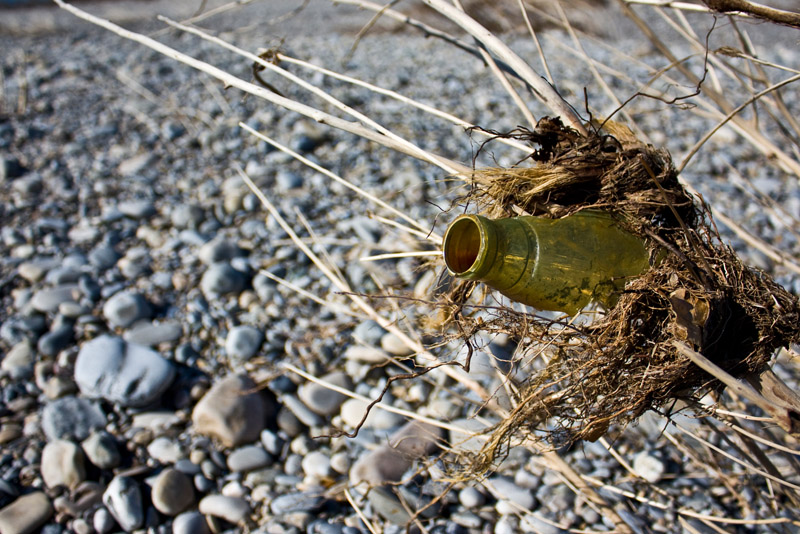
Lebanon: Chronic pollution in Litani River and Lake Qaraoun
As Lebanon continues to struggle under the weight of a myriad environmental crises, which include but are not limited to desertification, deforestation, and waste mismanagement; water scarcity and rising levels of toxins in sources of irrigation are now surfacing as a major cause of concern especially in Lake Qaraoun and the Litani River –two of the country’s major arteries.
Lake Qaraoun –one of Lebanon’s biggest man-made water bodies formed by a dam on the Litani River in the Western Bekaa– was created in 1959 as part of an effort to provide water and hydroelectricity to nearby populations. The 12 square km sized lake was designed with a capacity to store 220 million cubic meters of water, and has become the irrigation source of 30 percent of the country’s lands. But levels are dropping and pollution is threatening what precious water remains.
Pollution levels in the lake are increasing environmental woes and dead fish can now be seen floating on its surface and littering its shores. The root cause of the problem, which begins with lack of awareness and ends in infrastructure, must be addressed.
[Full article here | photo by Giuntini Jonathan]







